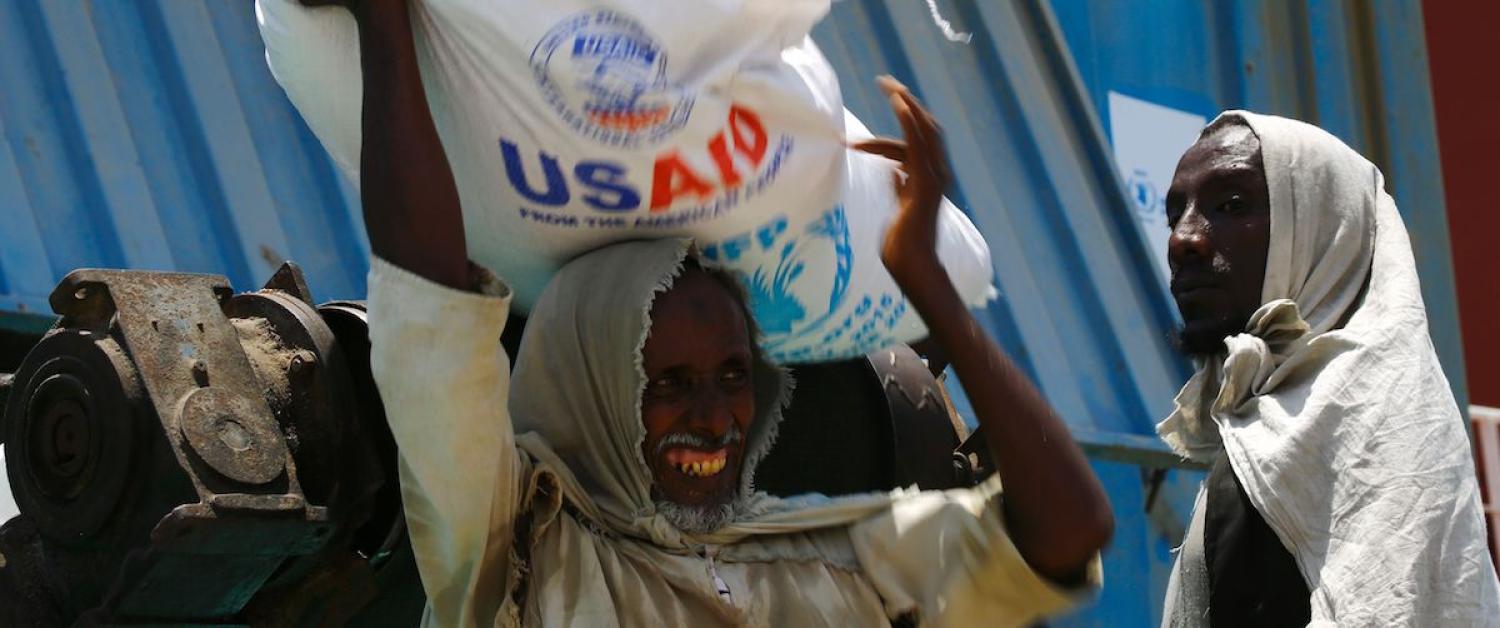In the biggest reform of US foreign aid policy in recent history, the US Senate this month passed the Better Utilization of Investment Leading to Development, or the BUILD Act.
This legislation, signed into law by President Donald Trump on 5 October, will create the new US International Development Finance Corporation (IDFC). The IDFC will replace the Overseas Private Investment Corporation (OPIC), which has provided US taxpayer-backed loans, loan guarantees, and insurance for US companies investing in developing countries since 1971.
Beyond OPIC, the IDFC will absorb all of the functions related to US development finance. This includes those currently residing with the US Trade and Development Agency and the United States Agency for International Development (USAID)’s Development Credit Authority, USAID’s Enterprise Funds, and USAID’s Office of Private Capital and Microenterprise.
The Trump administration’s 2017 budget proposal included provisions to slash foreign aid funding… the immediate reason for this turnaround can be summed up in one word: China.
It will double the existing lending ceiling for private sector investments to US $60 billion, allow for more flexible lending practices including equity investments, and have a higher lending limit than its predecessor.
The creation of a consolidated and expanded US development finance institution was long overdue. It is in line with a growing trend by Western donors to commercialise development aid. It is also an outcome of current debates within US policy circles on the need for foreign aid reform, and the sluggishness of the OPIC made it an easy target.
However, considering that the Trump administration’s 2017 budget proposal included provisions to slash foreign aid funding and gut the OPIC, the IDFC was stood up in a whirlwind process of bills and position papers, and quickly garnered support across the US political spectrum.
The immediate reason for this turnaround can be summed up in one word: China.
Promoted by US Senators Chris Coons and Bob Corker, the bipartisan support for the BUILD Act was largely fuelled by a desire to help “level the playing field” with China in Africa. Although the US remains the world’s largest bilateral traditional aid provider, China is the number one development financier in Africa, and its contributions to international development are on par with those of the US when non-official development assistance flows are taken into account.
Over the past year, OPIC leadership had repeatedly stressed that an increased focus on development finance is critical to countering China’s Belt and Road Initiative (BRI) and protecting US strategic interests abroad, and arguments for competing with China in Africa have found fertile ground in the Trump administration.
The IDFC’s approach and mechanisms will differ from Chinese lending in significant ways. In terms of purpose, the IDFC has a mandate to prioritise both commercial viability and sustainable development outcomes. As for mechanisms, whereas the Chinese prefer to lend to governments, the IDFC will only provide funds for companies and other private sector entities; IDFC loans will focus on providing capital for businesses, not specific sectors; and IDFC loans will focus on filling market gaps.
Its creation signals a reshuffling of the development financing landscape and is a sensible approach by the US to increase its economic engagements and influence in Africa. Although it is not radically different from OPIC, a new feature of the institution is that it will allow for investments into non-US companies and make loans in local currencies, potentially providing a much-needed boon to private sector growth in developing countries and encouraging the transfers of US technologies and skills.
The creation of the IDFC also falls short of other potentially counterproductive policies that have been suggested within the US policy community to weaken Chinese influence in the developing world, including forcing governments to choose between receiving US or Chinese aid.
Managing the institution in a way that guarantees sustainable development outcomes, safeguards the high environmental and social standards that US assistance is known for, provides a real alternative to Chinese financing, and ensures returns for the US taxpayer will require a thoughtful and strategic balancing act – not something the current US administration is known for.
However, if the IDFC can navigate these complexities and find that much-needed middle ground between China’s overt mercantilism and the lack of US private sector engagement in development, it will be – to borrow a term from China – a win-win: good news for the US and good news for developing countries.

